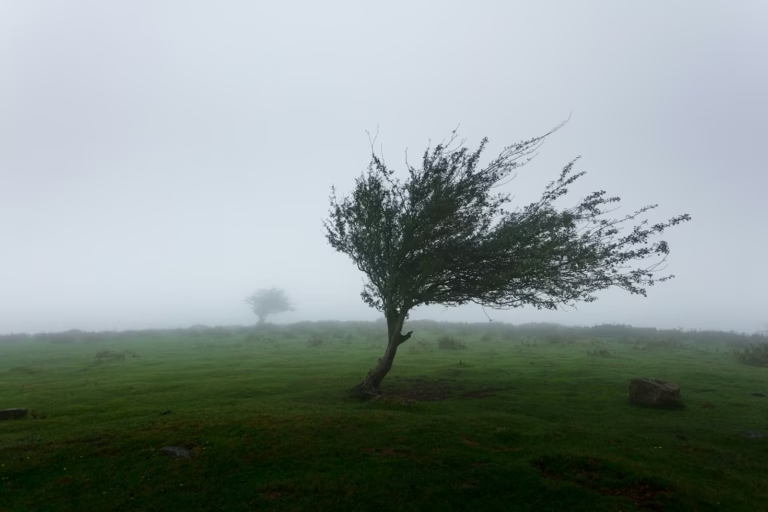An Exceptionally Wet October
The National Meteorological Institute (IMN) has issued a climate advisory for October 2025: it is expected to be one of the rainiest months of the year, with precipitation levels exceeding historical averages across several regions of the country. While October is traditionally wet in Costa Rica, this year forecasts indicate an increase of up to 15% in areas such as the Pacific, the Central Valley, and the Northwestern Zone.
According to IMN climatologist Karina Hernández, “a 15% surplus is already quite significant,” implying more frequent heavy downpours, saturated soils, and potential impacts on mobility, agriculture, and tourism.
What’s Causing the Increase in Rainfall?
This climatic behavior is the result of a combination of atmospheric and oceanic factors:
- The Intertropical Convergence Zone (ITCZ) remains active over the country, encouraging cloud formation and storms.
- The Caribbean Sea is warmer than usual, increasing the amount of moisture in the atmosphere.
- The Pacific Ocean is in a neutral-cool phase, delaying the arrival of cold fronts that typically signal the start of the dry season.
- Tropical waves continue to enter regularly, reinforcing rainy patterns.
This scenario suggests that October will not only be wetter than usual, but also more consistently rainy, with fewer dry intervals between storms.
Regions Most Affected by Excess Rainfall
The IMN has identified three zones with the highest likelihood of receiving above-average rainfall:
- Pacific: +15% — frequent and intense afternoon downpours
- Central Valley: +15% — sustained rainfall with less daily variability
- Northwestern Zone: +15% — high humidity and soil saturation due to tropical waves
In contrast, the Caribbean region may experience a slight decrease in rainfall (up to 10% less), influenced by warmer sea temperatures that alter moisture and cloud formation patterns.
This uneven behavior calls for localized strategies, from agricultural planning to tourism logistics and infrastructure maintenance.
Week by Week: What to Expect in October
The IMN projects a sustained rainy pattern throughout the month, with slight variations between weeks:
- October 6–12: Weekly rainfall between 90 and 150 mm in the Pacific and Central Valley. The Caribbean will see less than 70 mm.
- October 13–19: Continued wet conditions, with intense afternoon rains and possible thunderstorms.
- October 20–26: The trend persists, though with greater uncertainty due to possible late cold fronts.
- October 27 – November 2: Rainfall within normal range; may signal the gradual transition toward the dry season.
This calendar allows residents and visitors to anticipate weather conditions and make informed decisions for events, travel, or outdoor activities.
Practical Tips for Locals and Visitors
With a wetter-than-usual October ahead, it’s important to take preventive measures and adjust daily routines. Here are some useful recommendations:
- Activity planning: Prioritize indoor events and consider morning hours, when rainfall tends to be lighter.
- Transportation and mobility: Check road conditions before traveling, especially in areas prone to landslides or flooding.
- Appropriate clothing: Carry umbrellas, raincoats, and waterproof footwear. In rural areas, boots are advisable.
- Responsible tourism: If visiting natural areas, consult local guides about accessibility and safety. Avoid crossing swollen rivers.
- Useful apps and resources: Use platforms like IMN, Windy, or RadarScope to monitor weather in real time.
These actions not only support adaptation but also promote safer and more conscious interaction with the natural environment.
In Costa Rica, rain is more than a meteorological event—it’s part of our culture, our biodiversity, and our way of life. October reminds us that nature has its own rhythms, and learning to listen to them is part of our collective resilience.
From coffee plantations that bloom with each downpour to quiet conversations under shelter, rain transforms the everyday into something deeply Costa Rican. This October, more than ever, is an invitation to observe, adapt, and celebrate what makes us unique.


















